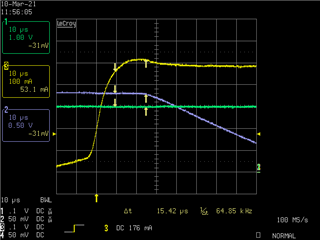Hi team,
Good day.
It was mentioned in the datasheet that the LP3990 has thermal-overload and short-circuit protection. Regarding the short-circuit protection, our customer has the following questions.
1.To what time LDO output is ON to detect short circuit?
2.How frequently LDO output is ON to know short is removed?
3. By any reason if the output capacitor shorts then will LDO get damaged if they do not remove the short for few hours?
Regards,
Carlo




